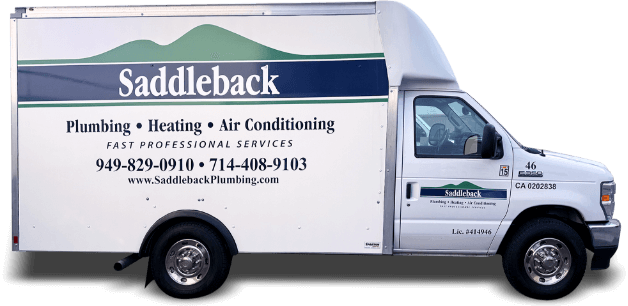What Types of Air Conditioning Systems Are There? A Question From Trabuco Canyon
August 15th, 2011Picking out the right air conditioning system for your Trabuco Canyon home can actually involve a lot of steps. There are many factors to consider and you will need to understand how each type of air conditioning system functions to know what will be best in your house. Of course, before you can compare them, you need to know what the different types of air conditioning systems actually are.

